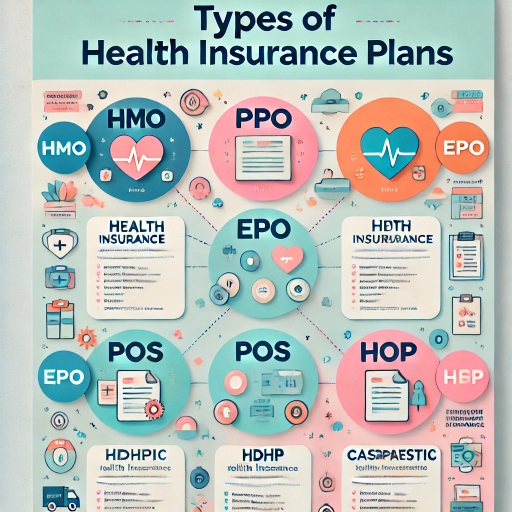
Life insurance stands as one of the most essential tools for achieving financial security and ensuring the well-being of loved ones. The concept of life insurance revolves around the promise of financial support provided to beneficiaries in the event of the policyholder’s death. By understanding how life insurance works, a solid foundation for making informed decisions about coverage and financial planning can be built. The features of various life insurance policies, their components, and the processes involved in securing and maintaining coverage are explained here in detail. For a broader overview, readers are encouraged to visit our types of life insurance page.
The role of life insurance extends beyond financial security after death. Certain types of policies, such as whole life and universal life insurance, provide living benefits that can assist with wealth-building, emergency funds, and retirement planning. However, before exploring these aspects, the fundamental workings of life insurance must first be understood.
The Fundamentals of Life Insurance
Life insurance functions as a contract between an individual and an insurance provider. Through this agreement, the policyholder agrees to pay regular premiums, and in return, the insurer guarantees a lump-sum payment, referred to as the death benefit, to the designated beneficiaries upon the policyholder’s passing. A clear explanation of the fundamental principles of life insurance is provided on our website.
The process of purchasing life insurance involves several stages, beginning with an assessment of the individual’s needs and financial circumstances. The policy’s terms, including the coverage amount and premium costs, are determined by factors such as the policyholder’s age, health status, lifestyle, and financial goals. The decision-making process can be further supported by reviewing our policy selection guide.
Types of Life Insurance
Life insurance policies come in various forms, each tailored to meet specific needs. Understanding the distinctions between these types is crucial for choosing the right coverage. The differences between term and whole life insurance are explored further on our platform.
Term Life Insurance
Term life insurance provides coverage for a specified period, typically ranging from 10 to 30 years. This option is ideal for individuals seeking affordable coverage during critical life stages, such as raising children or paying off a mortgage. Upon the expiration of the term, the policyholder may choose to renew the policy, convert it to a permanent policy, or allow it to lapse. Detailed insights into term life insurance can be found on our site.
Whole Life Insurance
Whole life insurance offers lifelong coverage and includes a cash value component that grows over time. Premiums for whole life insurance are generally higher than those for term life policies, but the added benefits, including guaranteed death benefits and cash value growth, make it a popular choice for long-term planning. The benefits of whole life insurance are outlined in detail.
Universal Life Insurance
Universal life insurance provides flexibility in premium payments and death benefit amounts, allowing policyholders to adjust their coverage as their financial needs change. This policy type also includes a cash value component that earns interest based on market performance. A guide to universal life insurance is available for those seeking more flexibility.
Variable Life Insurance
Variable life insurance allows policyholders to invest the cash value in various sub-accounts, similar to mutual funds. While the potential for growth exists, market risks must also be considered. The mechanics of variable life insurance are detailed on our platform.
Key Components of a Life Insurance Policy
A life insurance policy consists of several components that work together to provide coverage and benefits. Understanding these components is essential for evaluating the suitability of a policy. An in-depth discussion of policy components is available.
Premiums
The payments made by the policyholder to maintain coverage are referred to as premiums. The frequency of these payments can be monthly, quarterly, or annually. Factors such as age, health, and coverage amount influence the cost of premiums. Tips for managing premium expenses are shared on our platform.
Death Benefit
The death benefit is the sum paid to the beneficiaries upon the policyholder’s death. This benefit can be used to cover funeral expenses, pay off debts, or provide financial stability to loved ones. Choosing the appropriate death benefit amount is critical for meeting family needs.
Cash Value
Policies like whole life and universal life insurance include a cash value component that grows over time. This feature allows policyholders to borrow against the cash value or make withdrawals for emergencies. The advantages of cash value policies are explored further.
Application and Approval Process
Applying for life insurance involves submitting an application form, undergoing a medical examination, and providing financial information. These steps help the insurer assess risk and determine the policy terms. Guidance on the application process is provided to assist first-time buyers.
The approval process may take several days to weeks, depending on the complexity of the case. Once approved, the policy is issued, and coverage begins immediately upon payment of the first premium.
Benefits of Life Insurance
The benefits of life insurance extend far beyond providing financial protection. Additional advantages include tax benefits, wealth-building opportunities, and peace of mind. The complete list of life insurance benefits is available for review.
Conclusion
A comprehensive understanding of how life insurance works allows individuals to make informed decisions that align with their financial goals. By exploring various policy options and their components, the right coverage can be selected to meet individual and family needs. Additional resources are available on our complete guide page.





